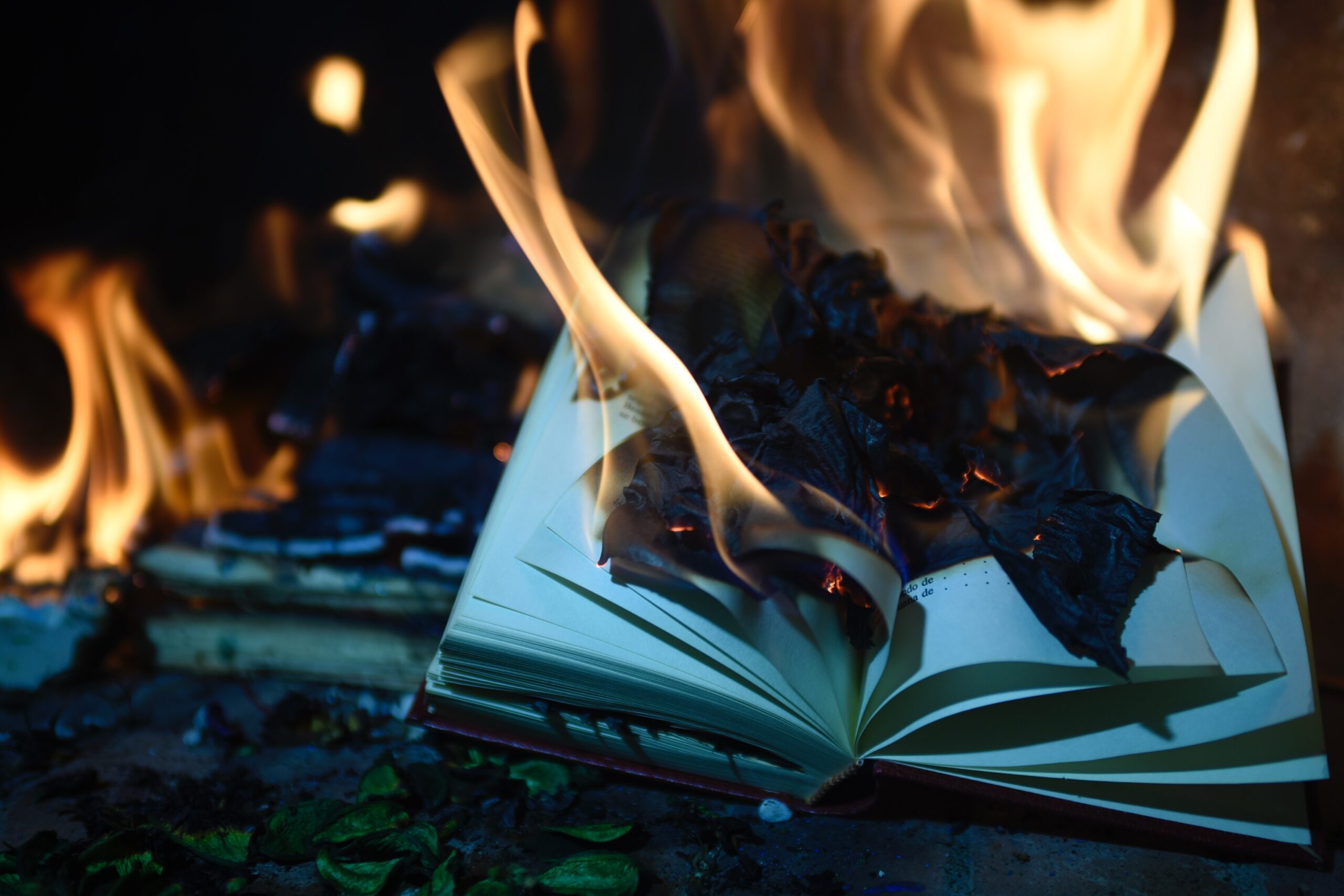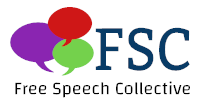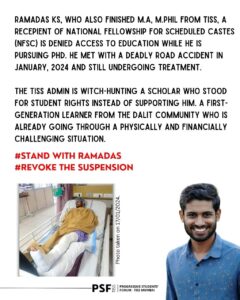
This article has been republished with permission.
Today’s censorship wars are part of the larger culture wars driven by white evangelical Christians, a large part of the Republican activist base. They are waging an apparently coordinated campaign against a woman’s right to determine her pregnancy, gay/transgender rights and “critical race theory.”
by David Rosen

PEN America recently reported that over the previous nine-month period there were 1,586 instances of individual books being banned, affecting 1,145 unique book titles. These incidents took place in 86 school districts in 26 states; they represented 2,899 schools with a combined enrollment of over 2 million students.
“What is novel for people to understand is that this is being organized and perpetrated at a level we’ve not seen before,” noted Jonathan Friedman, director, free expression and education at PEN America. “It’s part of a movement adjacent to politics but very much part of an effort to gin-up outrage over books in schools in an election year.” He added:
But what we are seeing here is coordination. Lists of books to challenge are the same across numerous districts. Excerpts objected to are the same across districts. Whether they have to do with race or racism or LGBTQ characters or sex, the same lines or images are being used to remove those books, and are being targeted across state lines.
Today’s censorship wars target such classic works as Harper Lee’s To Kill A Mockingbird, John Steinbeck’s Of Mice and Men and Art Spieglman’s Maus as well as books that deal with gay and gender identity issues like Maia Kobabe’s Gender Queer, Justin Richardson’s And Tango Makes Three, Ruby Bridges’s Ruby Bridges Goes to School. In addition, the Pulitzer Prize winning study, The New York Time’s 1619 Project, developed by Nikole Hannah-Jones, has come under wide-spread critical attack because of its alleged reliance on “critical race theory.” PEN has compiled a comprehensive index of banned books. Equally troubling, 26 states have passed or are considering “anti-porn” book bans.
Some Americans have long been frightened of words and images, whether considered blasphemous (i.e., sacrilegious), pornographic (i.e., sexually suggestive) or subversive (i.e., threat to government). On October 17, 1650, the General Court of the Massachusetts Bay Colony condemned a 158-page theological book, Meritorious Price of Our Redemption, by William Pynchon, a merchant and founder of Springfield, MA, because it questioned the Puritan doctrine of atonement. The book was banned from the colonies and all copies publicly burned in the Boston marketplace.
Words can lead to action. In the late-19th century, Anthony Comstock’s anti-obscenity campaign culminated with the U.S. Congress adopting the 1873 Comstock Act, the federal laws that banned illicit materials distributed through the mail. In the 1910s and near the end of his life, Comstock claimed that he had destroyed 3,984,063 photography and 160 tons of “obscene” literature. The laws would remain in force until the 1950s.
During the 20th century there have been repeated waves of censorship campaigns. The 1920s was marked not only by the Palmer Raids and the deportation of anarchists, but the banning, in New York, of James Joyce’s Ulysses and, in Boston, D.H. Lawrence’s Lady Chatterley’s Lover and Sinclair Lewis’s Elmer Gantry. It also saw Catholic leaders promote state censorship bills in an effort to “clean up” Hollywood movies. It culminated in the 1925 Scopes trial over teaching evolution.
In the late-1940s thru mid-1950s, comics were subject to repeated waves of censorship campaigns that took place at both the city and state level. Just in the period of 1947 to ’49, more than one hundred cities across the country, big and small, passed laws or ordinances to ban the display or sale of comic books. These campaigns took place in Chicago, Detroit and Los Angeles; in Baltimore, Cleveland, Hartford, Indianapolis, Milwaukee, New Orleans and Sacramento as well as Ann Arbor (MI), Coral Gables (FL), Falls Church (VA), Hillsdale (MI), Mt. Prospect (IL) and Nashua (NH).
The anti-comics climate heated up in ’54 and ’55 with more than a dozen states either considering or enacting legislature to regulate or suppress comic books. Among those states were California, Connecticut, Illinois, Maryland, Montana, Nevada, New Jersey, North Carolina, Ohio, Oklahoma, Oregon, Texas, Virginia and Washington.
Efforts to censor comics were probably the most contentious in New York State because a good number of the publishers operated out of Gotham. In 1948, the U.S. Supreme Court, in Winters vs. New York, struck down as unconstitutional a state law prohibiting the publication and/or distribution of material “principally made up of criminal news, police reports, or accounts of criminal deeds, or pictures, or stories of deeds of bloodshed, lust or crime.” However, in ’49, state assemblyman James Fitzpatrick organized the Joint Legislative Committee to Study the Publication of Comics to fashion legislature to circumvent the Court’s ruling.
Part of his effort involved surveying state judges and district attorneys. In ‘54, the state legislature held hearings on juvenile delinquency, with New York psychiatrist Fredric Wertham as the star witness. The state Assembly and Senate passed a number of bills to restrict comics but Governor Thomas Dewey vetoed them on constitutional grounds. However, in ’55, the new governor, Averill Harriman, approved what was dubbed the “Fitzpatrick Act,” restricting comics.
The call to censor comics during the late-‘40s and ‘50s was fueled by isolated – but recurring — incidents of juvenile delinquency involving either retail theft, car robberies, murder or suicide. Wertham, among others, repeatedly linked comics to crime. One incident galvanized New Yorkers. In August 1954, four white, Jewish Brooklyn youths — Jerome Lieberman, Melvin Mittman, Jack Koslow and Robert Trachtenberg — were arrested for murdering Willard Mentor, a 34-year-old black man who worked at a local burlap bag factory. At trial, it was alleged that the foursome had earlier killed another man. Equally titillating, the youths were accused of attacking neighborhood girls walking in local parks, whipping them with a bullwhip that was ordered from a comic book classified ad. Koslow admitted that he was a regular comic book reader, inspired by the series, Nights of Horror. The media branded the teens the “Brooklyn Thrill Killers” and they became the poster-boys of juvenile delinquency.
Ray Bradbury published his sci-fi classic, Fahrenheit 451, in 1953. The title signifies the temperature at which book-paper burns. It’s a dystopian novel about postmodern “firemen” who censor threatening texts by burning them and the small, isolated communities of people committed to keeping the written word — as a memorized, spoken text — alive. Bradbury wrote his classic tale during a period in which a dozen or so communities around the country burned comic books.
In 1945, students of Saints Peter and Paul School, in Wisconsin Rapids, WI, a town of 11,000 located about a hundred miles north of Madison, participated in a school-sponsored comic-book collection drive. They piled up more than 1,500 comic books and set them ablaze. In ’48, book burnings took place in West Virginia, Illinois and New York. In October, students at the Spencer Graded School, in the small town of Spencer, WV, encouraged by parents, teachers and religious leaders, collected a 6-ft pile of comic books and set them ablaze in the school yard.
With an irony lost on no one, a Superman comic was first ignited and then used to set the pile afire. In December, students at St. Patrick’s parochial school in Binghamton, NY, collected and burned some 2,000 comic books and pictorial magazines. The bonfire was staged in the school’s courtyard and most students attended. Students also lead a boycott targeting local merchants who would not pledge to withdraw “objectionable and indecent literature, comic books and the like” from their newsstands. Also in ’48, comic book bonfires were staged at the St. Peter and Paul Parochial School in Auburn, NY, and at St. Cyril’s Parish School, Chicago.
In ’49, comic-book burnings took place in Rumson, NJ, and Cape Girardeau, MO. In Rumson, Cub Scouts conducted a two-day drive to collect objectionable comic books and burned them in the city’s Victory Park; Scouts that gathered the most books won the right to start the fire. At the last minute, school officials decided not to burn the books but rather dispose of them in the trash. In Cape Girardeau, Girl Scouts led the charge. They collected comics and brought them to St. Mary’s, a local Catholic high school, where students held a mock trial as to whether comics were “leading young people astray and building up false conceptions in the minds of youth.” The jury found the comics guilt and the students burned them.
Today’s censorship wars are part of the larger culture wars driven by white evangelical Christians, a large part of the Republican activist base. They are waging an apparently coordinated campaign against a woman’s right to determine her pregnancy, gay/transgender rights and “critical race theory.”
Asked what Americans can do about the censorship wars, PEN America’s Friedman said, “I think what’s key right now is engagement. People need to make their voices heard.” He added, “I think it’s a very simple message which is, regardless of your politics, we don’t believe in the United States in banning books. We believe in freedom of speech. We believe in freedom of access to information. How this is regulated in schools need to reflect those principles.”
“This is a very simple, non-partisan message,” Friedman insisted. “It’s not a message about left or right or LBGTQ or race, but rather a fundamental belief that we shouldn’t be banning books in this country.”
David Rosen can be reached at drosennyc@verizon.net; check out www.DavidRosenWrites.com. His latest book is Prohibition New York City (History Press, 2020).
This article was first published at CounterPunch.


